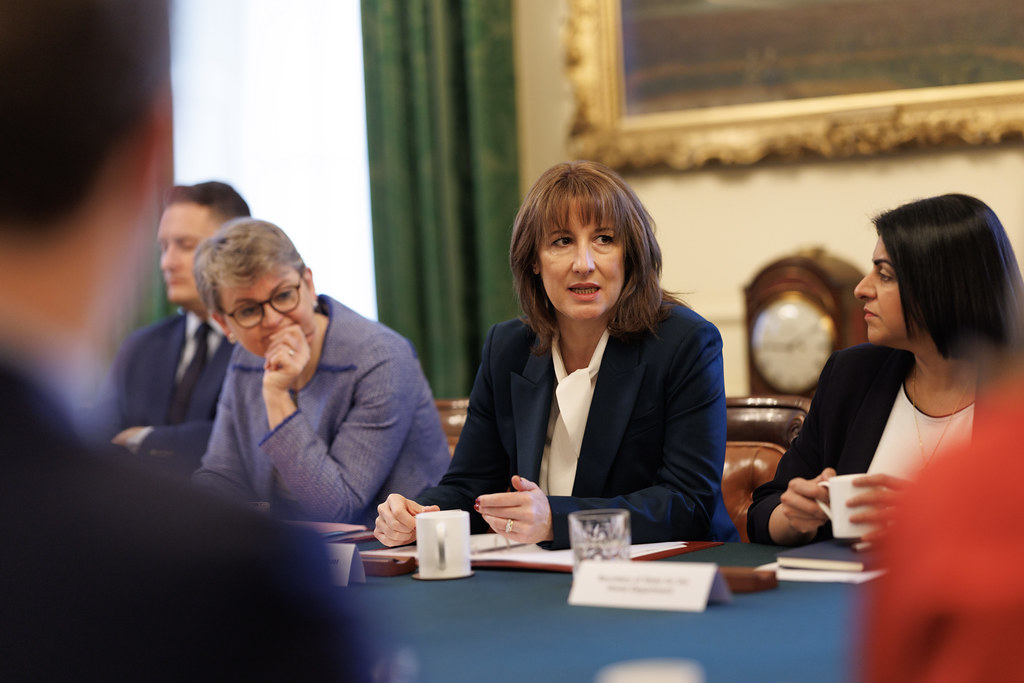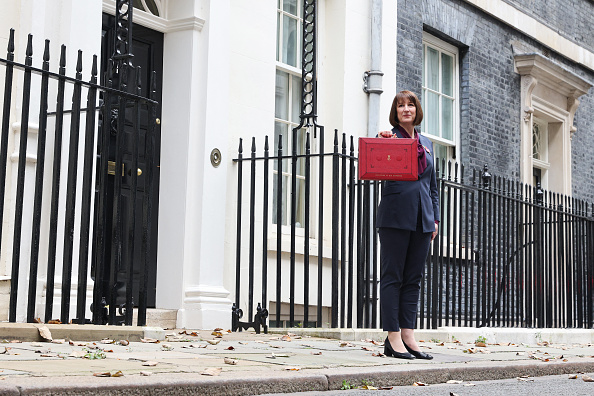The enduring role of the British retail shops prevails as two-thirds of high street shoppers still preferring to view valuable products in person before buying, according to new research by Barclays.
As the retail sector prepares for the impact of Brexit, The Barclays New Retail Reality report uncovers a desire for a new form of high street that is more diverse and makes better use of technology and reveals that two thirds of the UK population want the government to prioritise the protection of British retailers and goods in Brexit negotiations.
Ian Gilmartin, head of retail & wholesale at Barclays, thinks that high street shoppers confidence in the retail sector is continuing despite uncertainty caused by the Brexit vote, and there are opportunities ahead for retailers if they can maximise the opportunity of ‘Brand Britain’, both at home and abroad.
Gilmartin says, ‘The British high street is part of what has made the UK great. Being a ‘nation of shopkeepers’ is ingrained in our cultural identity and consumer pride in the sector endures. Our research reveals that the public still see the high street as an essential part of the shopping experience and as a national treasure they want to see protected.’
Boosting the high street through technology and experiences
Demand for a vibrant, diverse high street remains strong. In the next 12 months, consumers are more likely to shop in the high street branch of a national retailer than from the same retailer online (81 per cent v 60 per cent).
They are also more likely to shop in the high street branch of a local or independent retailer (77 per cent) than use a subscription delivery service (17 per cent) or the mobile app of an internet only retailer (36 per cent).
Yet with the majority of shoppers (83 per cent) also planning to shop online at an internet specialist in the next 12 months, competition is clear.
Investing more on technologies in-store would give high street retailers a further boost. The research reveals that shoppers (65 per cent) are eager to see more touchscreen technology.
Newer, more experiential technologies is also popular: shoppers are more likely to visit a store kitted out with virtual reality (57 per cent), smart fitting rooms (57 per cent) or augmented reality (52 per cent).
In addition, new payment technologies are highly rated by consumers, with many describing contactless (48 per cent) and mobile payments (37 per cent) as “life changing”.
To continue prospering, high streets also need to offer more diverse experiences. When asked what types of outlet people want to see more of on their high streets, more independent specialist retailers (44 per cent) and independent cafes and restaurants (36 per cent) topped the list. However, it is clear that shoppers remain price sensitive with discount stores (29 per cent) being the third most popular option.
Ian Gilmartin adds that consumer expectations are currently moving faster than retailer innovation. More investment is needed to keep consumers coming back for what they love – great British high street experiences.
Gilmartin says, ‘The conclusion from our research is that the key to success for many retailers is to offer a balanced high street and online offering, taking advantage of technological innovation in store to attract high street shoppers through their doors.’
Post-Brexit retail opportunities
The research also shows Britons to be proud of the retail sector and they want the industry protected during Brexit negotiations. Two thirds (64 per cent) of consumers say they are proud of the service that UK retailers provide to society, and a similar proportion (65 per cent) want the protection of UK retailers and goods prioritised during Brexit negotiations.
Overall, high street shoppers are uncertain about the impact of Brexit on retail, but they do see areas of opportunity. Respondents are twice as likely to feel that the quality of groceries will improve post Brexit (28 per cent), than not (14 per cent), likely reflecting a hope that Brexit will result in more UK-based sourcing.
Respondents are also more likely to believe that the availability of goods will improve (24 per cent) compared to just 12 per cent who think it will reduce. Similarly, shoppers are optimistic that food labelling will improve (26 per cent) compared to 12 per cent who think it will get worse.








